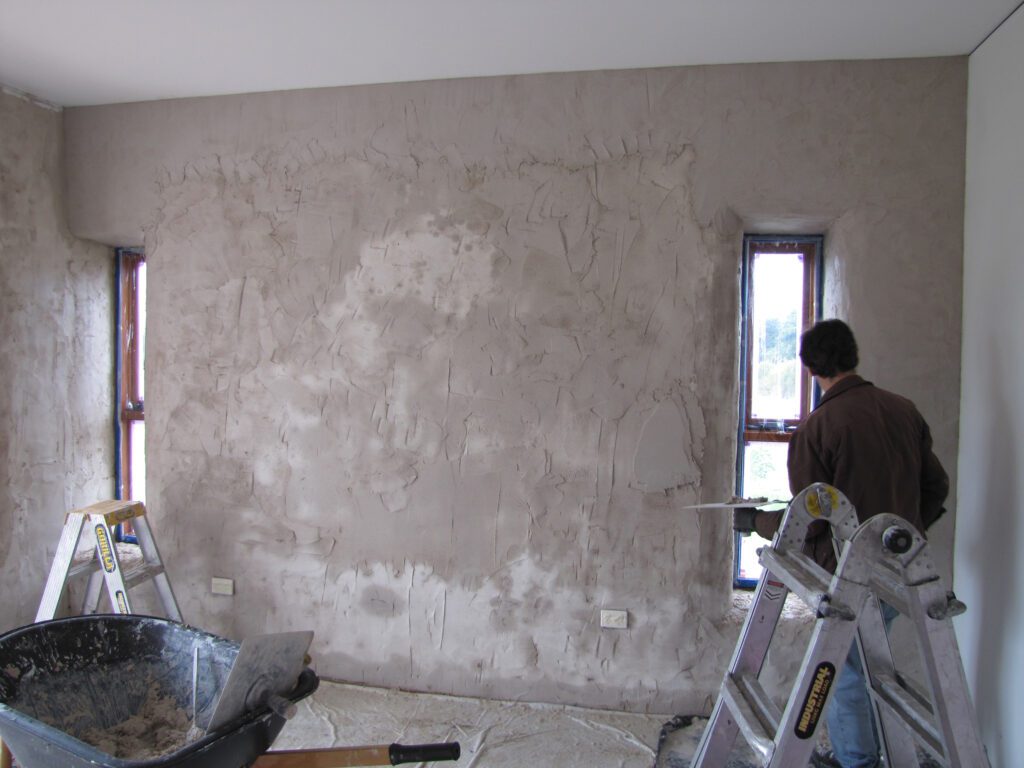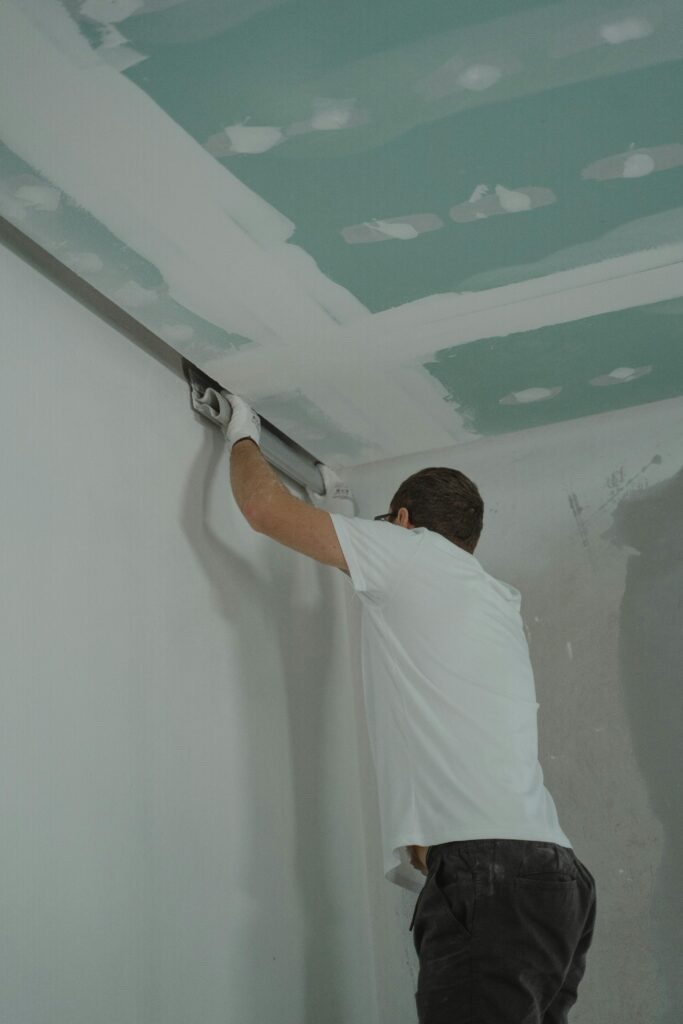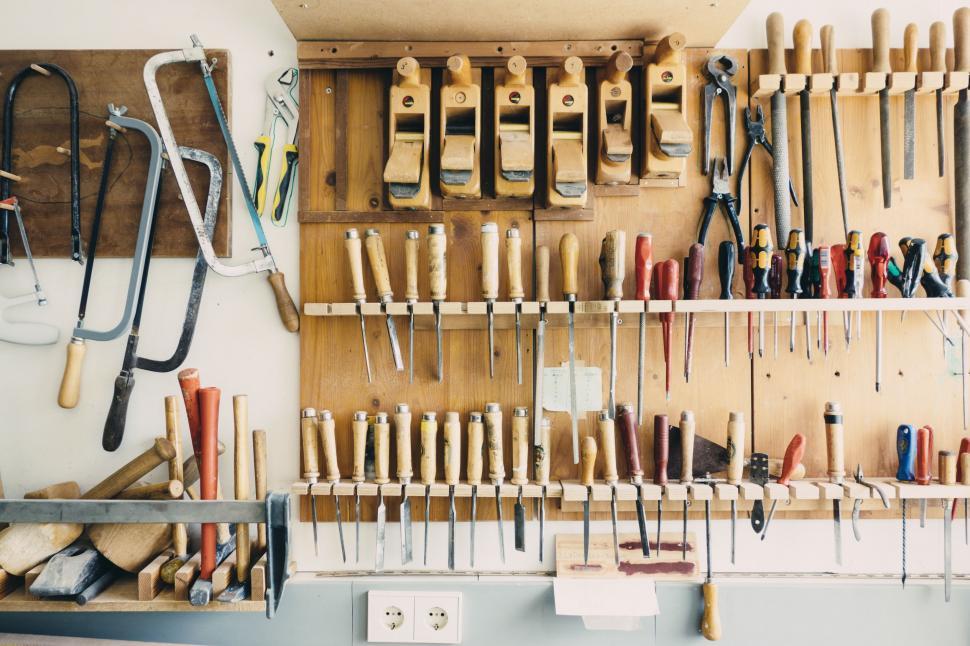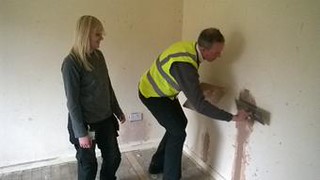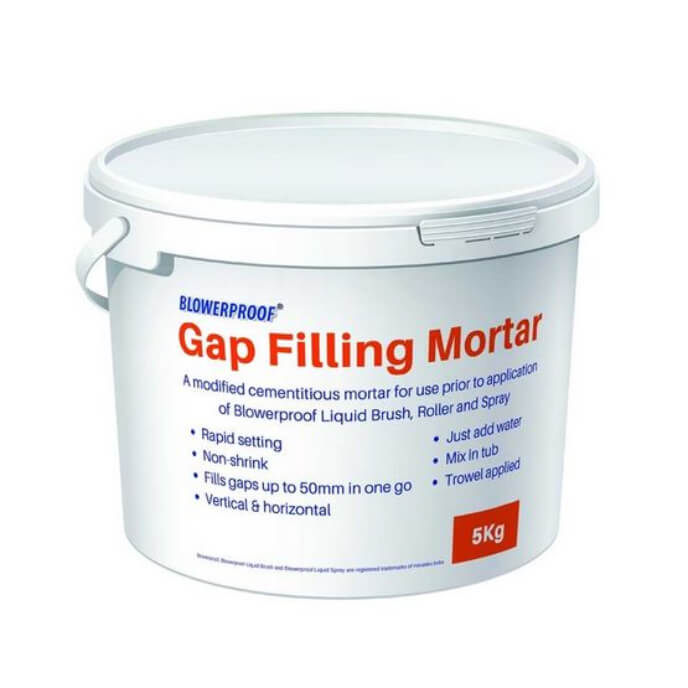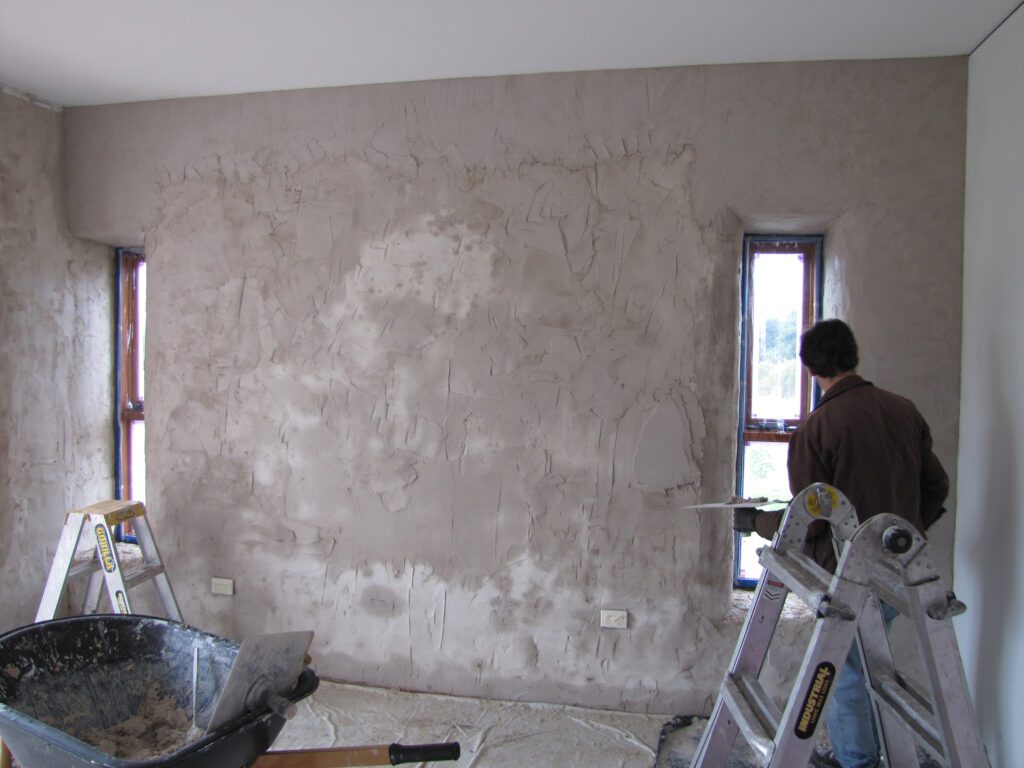Can You Plaster Over Tiles? The Ultimate Guide to Making the Right Decision
Thinking about plastering over your outdated tiles? Discover whether this popular renovation shortcut is a smart solution or a costly mistake. Understanding the Basics: Is Plastering Over Tiles Really Possible? While technically feasible to plaster over tiles, it’s crucial to understand that this approach comes with significant considerations and risks. According to recent industry surveys, 78% of professional plasterers advise against this method as a long-term solution. The primary concern lies in the stability and durability of the finished surface. Tiles present a smooth, non-porous surface that doesn’t naturally provide the ideal foundation for plaster adhesion. However, with proper preparation and technique, it can be achieved in specific circumstances. The key lies in understanding that this method should be viewed as a temporary solution rather than a permanent fix, with most professionals estimating a reduced lifespan of 40-50% compared to traditional plastering techniques. When Plastering Over Tiles Might Be Considered Budget Constraints: When immediate costs are a primary concern, as tile removal can increase project costs by 30-40% Time Pressure: In scenarios where quick renovation is required, such as property staging or urgent repairs Minimal Disruption: When removing tiles would cause significant disruption to adjacent areas or structures Historical Properties: Where removing tiles might damage underlying historical features Temporary Solutions: For interim improvements before more comprehensive renovation plans Critical Preparation Steps for Successful Tile Plastering Proper preparation is absolutely essential for any chance of success when plastering over tiles. The process begins with a thorough assessment of the existing tile surface. Research shows that preparation accounts for 60% of the success rate in tile-over plastering projects. Here’s the essential preparation protocol: Thoroughly clean all tiles with a degreasing agent to remove any soap residue, oils, or dirt Check for and remove any loose or damaged tiles Rough up the tile surface using a diamond disc grinder or heavy-duty sandpaper Apply a specialist bonding agent like Febond Blue Grit, ensuring 100% coverage Allow the bonding agent to cure completely (typically 24-48 hours) The Professional Plastering Process Over Tiles The plastering process over tiles requires a specific approach and technique that differs from standard plastering. First, apply a thin layer of bonding coat plaster, typically no more than 2-3mm thick. This initial layer must be allowed to partially set before scratching to create a key for the next coat. Industry best practice recommends a minimum of two coats, with the final coat being a multi-finish plaster. The entire process typically takes 3-4 days to complete properly, including drying time between coats. Professional plasterers emphasise the importance of maintaining consistent thickness and ensuring each layer is completely dry before proceeding. Potential Risks and Challenges Understanding the potential problems is crucial before proceeding with plastering over tiles. Recent industry data indicates that approximately 35% of tile-over plastering jobs develop issues within the first two years. The main risks include: Cracking due to movement in the underlying tile surface Poor adhesion leading to sections of plaster becoming detached Moisture problems in bathrooms and kitchens affecting the plaster stability Uneven surface finish due to tile patterns showing through Reduced durability compared to traditional plastering methods Alternative Solutions to Consider Before committing to plastering over tiles, it’s worth exploring alternative options that might provide better long-term results. Complete tile removal and replastering remains the gold standard, offering superior durability and a 15-20 year lifespan. Other alternatives include: Tile painting with specialised epoxy-based paints Tile refinishing services Overlay systems designed specifically for tiles Modern tile-effect wall panels Expert Recommendations and Best Practices Drawing from decades of experience in Kent’s plastering industry, our experts emphasize that the decision to plaster over tiles should be made on a case-by-case basis. The success rate significantly increases when following these professional guidelines: Always conduct a thorough assessment of the existing tile condition Use only professional-grade bonding agents and materials Consider room usage and moisture levels in the decision-making process Factor in the long-term maintenance requirements Calculate the true cost comparison between plastering over tiles versus complete removal Making Your Final Decision When weighing up whether to plaster over tiles, consider both immediate and long-term implications. The initial cost saving of approximately 40% compared to complete tile removal must be balanced against potential future repairs and reduced longevity. Factor in the room’s purpose, moisture levels, and your long-term plans for the space. Remember that while plastering over tiles might seem like an attractive short-term solution, it’s essential to consider the professional consensus that tile removal and fresh plastering typically provides superior results. Professional Support and Consultation Given the complexities involved in plastering over tiles, seeking professional guidance is crucial. At Kent Plasterers, we offer comprehensive consultations to assess your specific situation and recommend the most appropriate solution. Our team of experienced plasterers can evaluate factors such as tile condition, room usage, and budget constraints to provide tailored advice. Statistics show that projects with professional consultation have a 75% higher success rate than DIY attempts. Contact us today for an expert assessment of your plastering needs and to ensure your project achieves the best possible outcome. FAQ How to update bathroom tiles without removing them? Paint Over Your Tiles One of the most affordable ways to update bathroom tile without replacing it is to paint over it. However, it may be harder to remove the tile in the future, and your tile and grouting will lose that signature contrasting look. Will cement stick on tiles? Yes, you can use cement to lay floor tiles, but it’s not the best option. Traditional cement lacks the adhesive strength of tile mortar, leading to poor bonding and potential cracks. For a durable, long-lasting finish, use a high-quality tile adhesive or cement-based mortar specifically designed for tile installation. Can I cement over bathroom tiles? With microcement, you can seamlessly cover existing tiles, providing a modern and stylish update to your space. Its versatility and durability make it a preferred option for those looking to refresh their tiled surfaces effortlessly. Should you tile before or after plastering? It’s
Can You Plaster Over Tiles? The Ultimate Guide to Making the Right Decision Read More »

